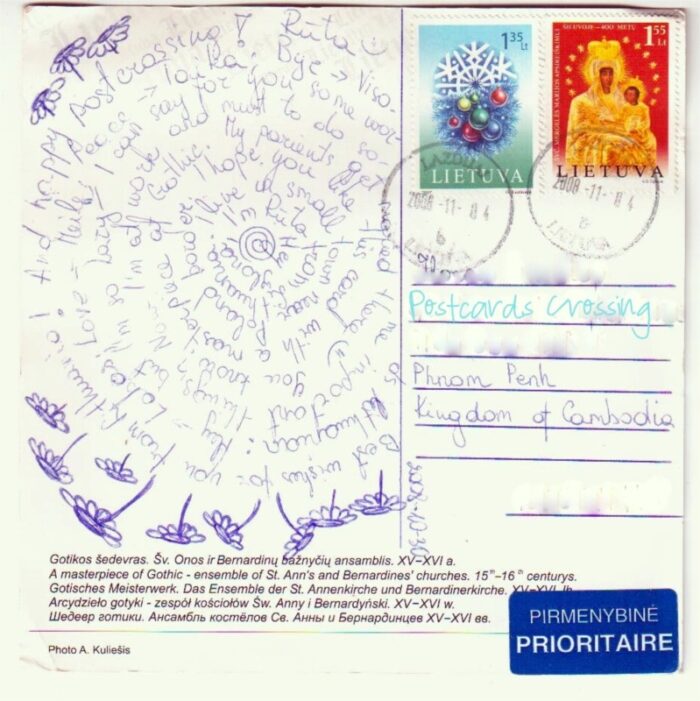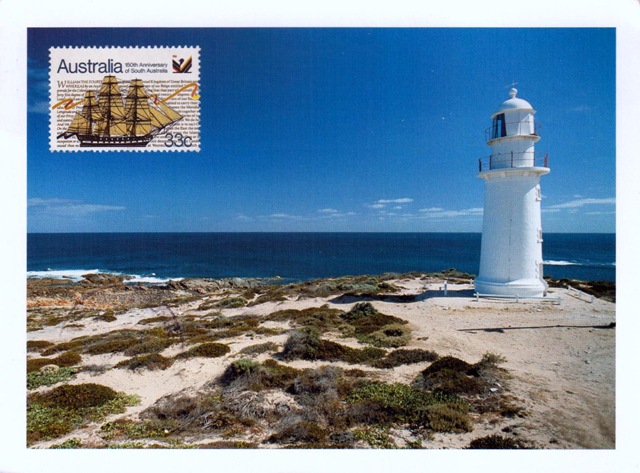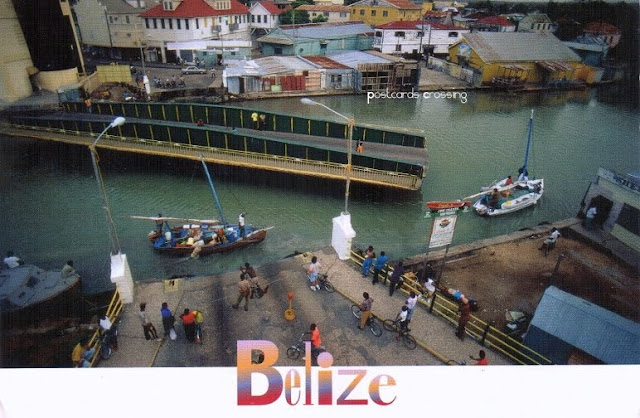Lithuania, a Baltic gem, boasts a rich history woven into its stunning architecture. Nowhere is this more evident than in Vilnius, where two extraordinary cathedrals stand side by side, each with its own captivating story.
First, we have the St. Anne’s Church (below, left), a masterpiece of Gothic architecture. Constructed entirely from 33 different types of brick, its unique and stunning facade is a marvel captivating visitors for centuries. Its intricate details and delicate spires have earned it comparisons to a fairytale castle. Often described as “flamboyant Gothic”, its beauty was so renowned that Napoleon Bonaparte famously wished to transport it to France “in the palm of his hand”. Thankfully, for Lithuania, this ambitious plan remained unrealized. (His hands weren’t big enough. Just kidding.)
Directly behind St. Anne’s (right) stands the imposing St. Bernardine’s Church. A larger and more spacious structure, it transitioned from Gothic origins to embrace Renaissance and Baroque elements, reflecting the architectural tastes of the 17th and 18th centuries. Uniquely, this cathedral played a defensive role in Vilnius’ history. The cathedral’s scale was such that it was incorporated into the city’s 16th century defensive wall. It featured strategic shooting openings, transforming the sacred space into a formidable stronghold.
Sadly, the cathedral’s role as a religious sanctuary was tragically interrupted during the tumultuous Soviet rule when it was repurposed as a warehouse. However, with Lithuania’s independence in 1994, St. Bernardine’s was returned to the Franciscan order and restored to its former glory.
The stamps at the back of the postcard – on the right, commemorating the 400th anniversary of the Virgin Mary’s apparition in Šiluva, a significant religious site, and on the left, a part of a series with holidays and celebrations as theme, provide a glimpse into Lithuania’s heritage. And let’s not forget the creatively handwritten message itself – it adds a personal touch makes it even more special.
But why are these churches built next to each other? It’s been said that the close relationship between the two religious orders – the Brotherhood of St. Anne and the Bernardine Monks – is the sole reason to build their places of worship adjacent to each other and allowed them to share resources, community, and a stronger religious presence in the city. This is a widely accepted historical fact, often presented as general knowledge in historical and architectural texts about Vilnius.




